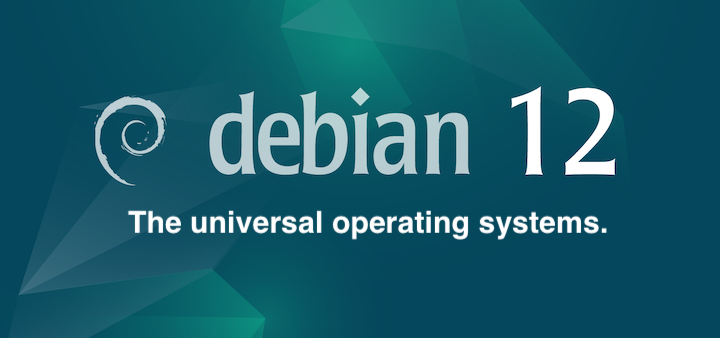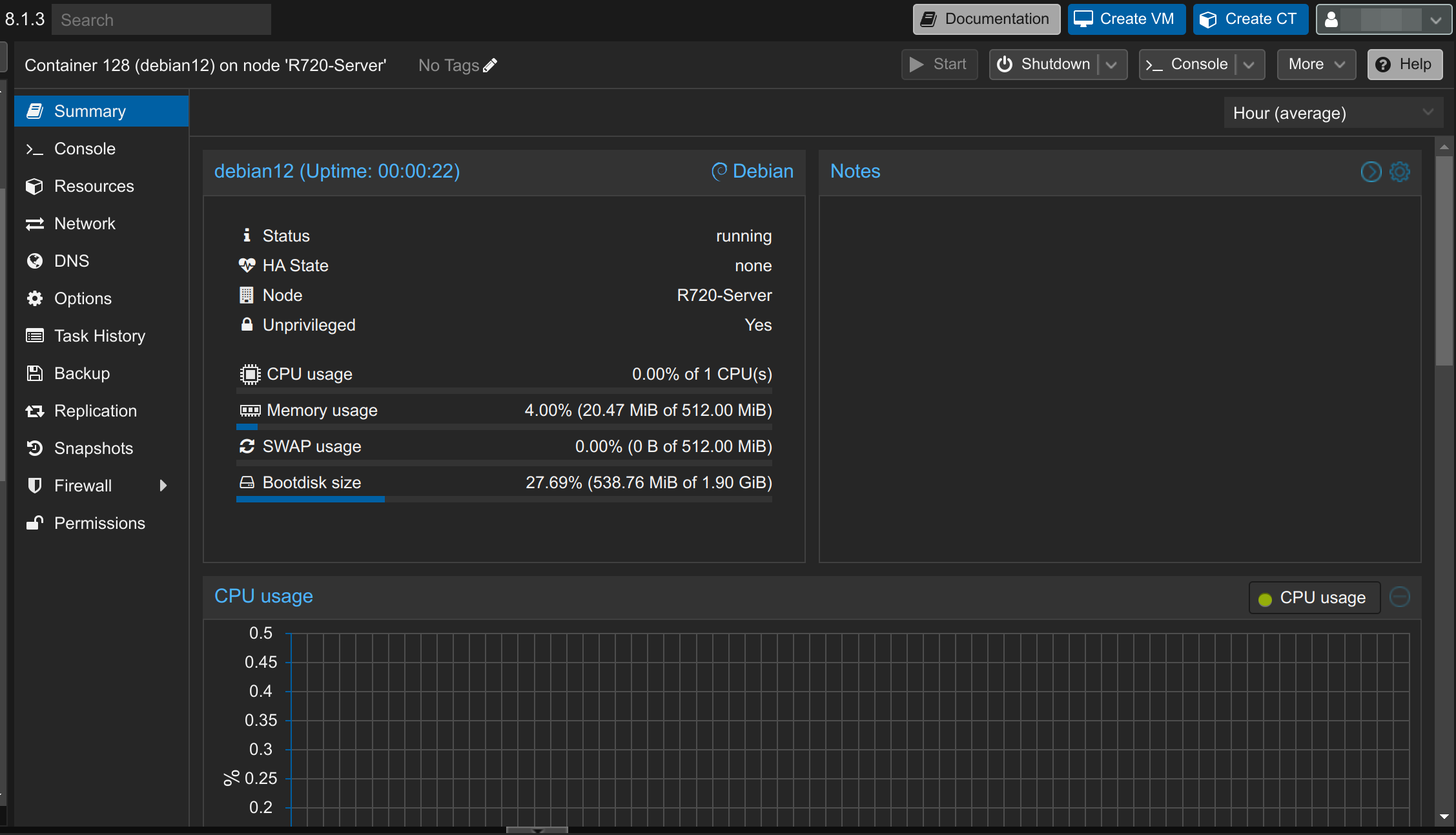The SEO on-page optimization is a crucial factor for the success of your website. By optimizing your website for search engines, you can increase visibility, generate more organic traffic, and ultimately improve your conversion rates. In this tutorial, we will delve into on-page optimization, providing you with valuable insights and proven methods to optimize your website.
What is SEO On-Page Optimization?
On-page optimization refers to all measures you can take on your website to improve its visibility in search engines. This includes optimizing content, meta tags, URLs, internal links, and other elements on your website. The goal of on-page optimization is to signal to search engines that your website is relevant and of high quality, aiming for a better ranking in search results.
On-page optimization is a critical component of search engine optimization (SEO), which aims to enhance a website’s placement in search results. This type of optimization involves all changes and improvements made directly on the webpage to make it more attractive to search engines.
Content optimization is one of the main aspects of on-page optimization. This primarily involves creating high-quality, relevant, and informative text that addresses the users’ search queries and needs. The content should include the right keywords that your target audience uses to search for your products or services, and these keywords should be naturally integrated into the text.
Key Aspects of On-Page Optimization:
1. Keyword Research and Keyword Optimization
- On-page optimization with long-tail keywords.
- Keyword research is the first step in SEO on-page optimization. Identify relevant keywords frequently used by your target audience in search engines. Use tools like Google Keyword Planner to determine the search volume and competition for specific keywords. Long-tail keywords often have better click-through rates (CTR) than short keywords.
- Optimize your content by strategically placing your selected keywords in titles, headings, meta tags, and the text itself. However, be cautious not to use too many keywords, as this can be considered spam and lead to search engine penalties.
2. Optimization of Meta Tags
- Meta tags are HTML elements that provide search engines with information about your website’s content. The most important meta tags are the title tag and the meta description.
- The title tag is the text displayed as the title of your website in search results. It should be concise, meaningful, and include relevant keywords. The meta description is a brief summary of your website’s content, providing users with an incentive to click on it.
3. Optimization of URL Structure
- Your website’s URL structure should be clear, consistent, and search engine-friendly. Use meaningful words and separate them with hyphens. A well-structured URL makes it easier for search engines to understand and index your website’s content and can also be helpful for users in recognizing the content of a page.
4. Optimization of Headings and Text Formatting
- Use headings (H1, H2, H3, etc.) to structure your website’s content and highlight important information. Search engines consider headings as indications of a page’s content. Place your keywords in headings to signal their relevance.
- Format your text with paragraphs, lists, and bold or italicized text to make it more readable and understandable. Search engines prefer well-structured content that provides value to users.
5. Optimization of Images and Multimedia Content
- Images and multimedia content can make your website visually appealing, but they can also impact loading times if not optimized. Use descriptive file names and alt tags to signal to search engines what the images are about. Compress your images to reduce loading times and enhance user experience.
6. Internal Links
- Internal links are connections from one page of your website to another page within the same domain. They help define the website’s architecture and can assist search engines in discovering and indexing new pages. Additionally, they aid users in navigating your website and distribute “link juice,” influencing the authority and ranking of pages.
Best Practices for SEO On-Page Optimization in Brief:
- Regularly conduct keyword research to identify relevant and current keywords.
- Strategically use keywords in your content, meta tags, and URLs, but avoid overdoing it.
- Create high-quality content that aligns with the needs of your target audience.
- Optimize your website for mobile devices, as an increasing number of users access the internet on mobile.
- Improve your website’s loading time to optimize user experience.
- Use internal links to enhance navigation on your website and increase user dwell time.
- Don’t forget to check your website’s loading speed.
- Mobile optimization is a crucial aspect of SEO on-page optimization that should be considered.
Summary
SEO On-page optimization is a crucial part of search engine optimization and can contribute to better positioning your website in search results. By conducting thorough keyword research, optimizing meta tags, URLs, headings, and content, as well as optimizing images and multimedia content, you can increase your visibility in search engines and generate more organic traffic. Follow best practices and stay updated on current developments in the SEO world to continuously improve your on-page optimization.





Leave a Reply